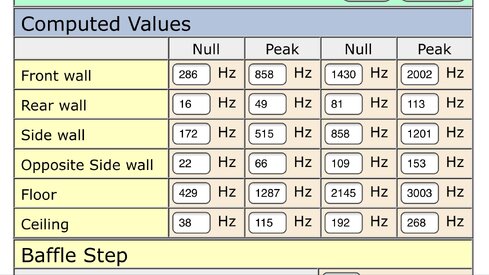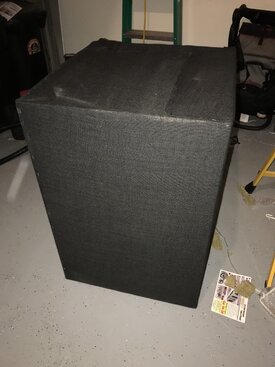dan garza
Registered
Thread Starter
- Joined
- Nov 21, 2017
- Posts
- 5
More
- Preamp, Processor or Receiver
- Sony STRV555
- Main Amp
- Crestron
- Universal / Blu-ray / CD Player
- Sony blue ray
- Front Speakers
- B&W matrix HTM
- Center Channel Speaker
- B&W matrix HTM
- Surround Speakers
- Smithline 2x4
- Subwoofers
- 2-Velodyne servo F-1200
- Video Display Device
- Samgsung 55"
Love the program, I have alot to learn! Using the Umik-1 mic with calibration file, 1/48th smoothing on the graph, room dimensions are 14' 6" 18' and 8' ceiling.
This is a home system in my apartment. I've done some acoustic work already.
More importantly: how do I do an impulse response and a waterfall? there's so much to learn about the program!
Thanks


This is a home system in my apartment. I've done some acoustic work already.
More importantly: how do I do an impulse response and a waterfall? there's so much to learn about the program!
Thanks
Last edited:
















